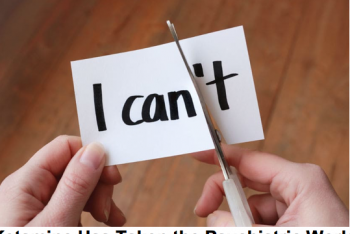Beware the Metaverse: How Novi Money Transfer Could Make the Industry Less Competitive
MOVING MONEY POLITICS--2021 has been a disastrous year for Facebook (now Meta) – and deservedly so. Thanks to ex-employee Frances Haugen, we know this monolithic tech giant repeatedly put profit before the world’s well-being.












































